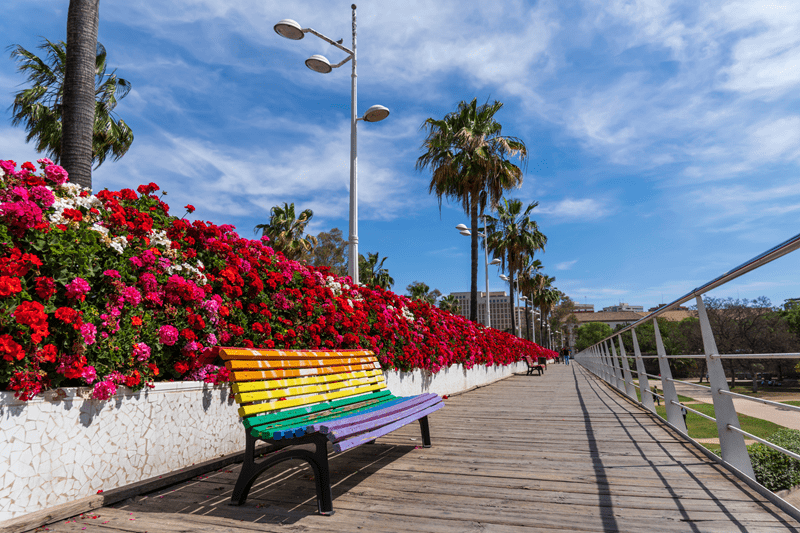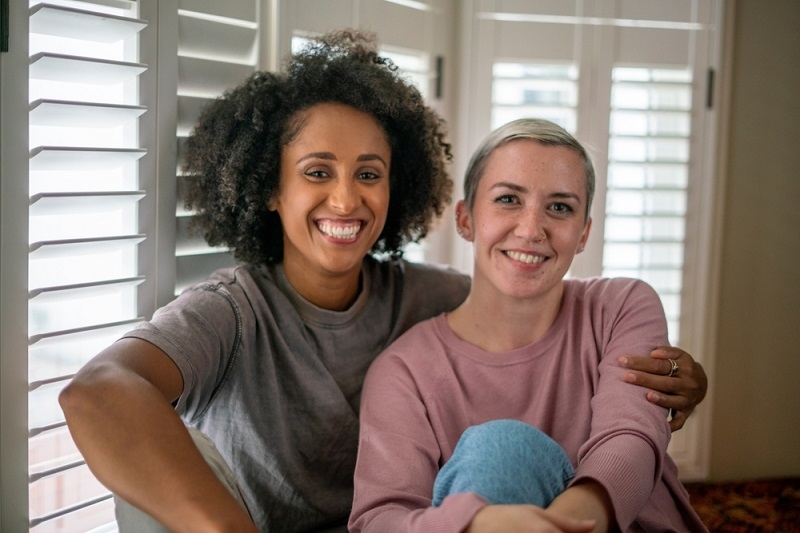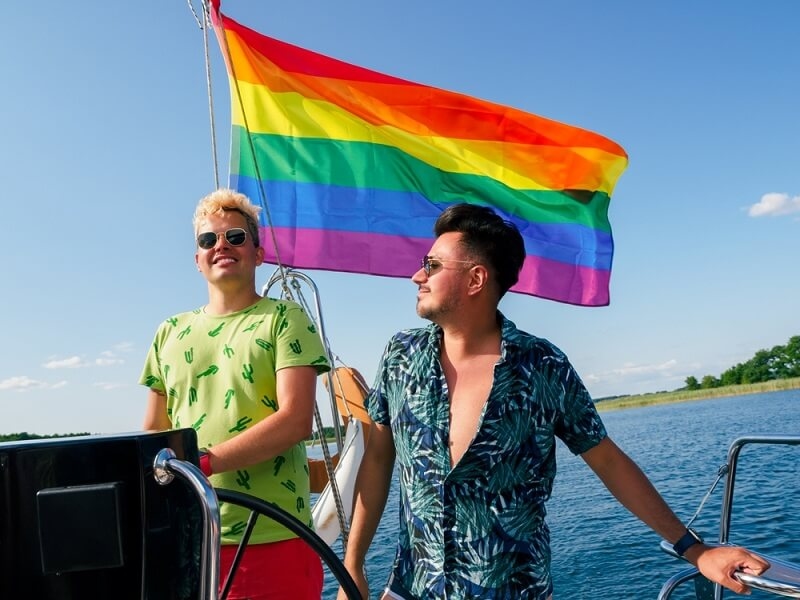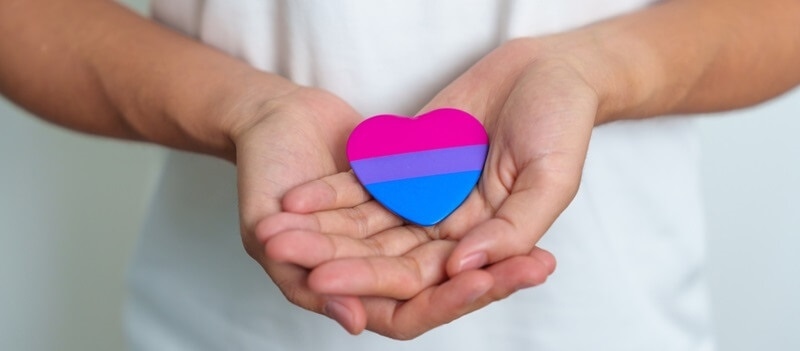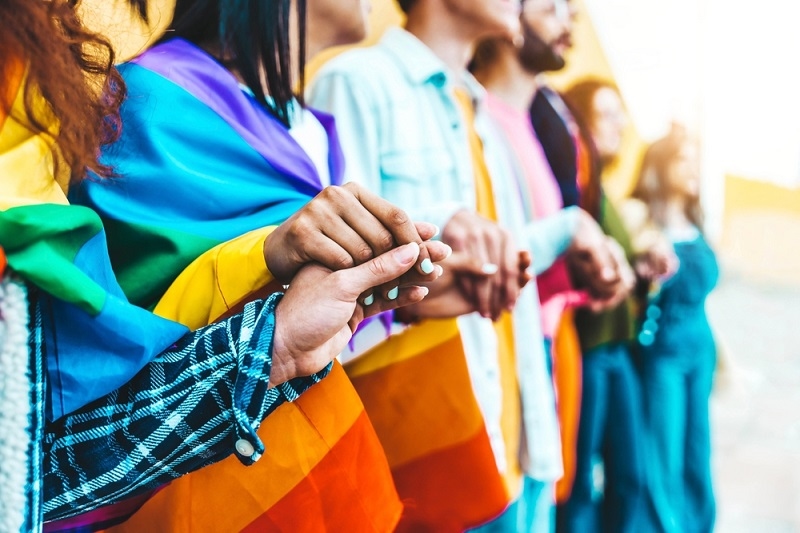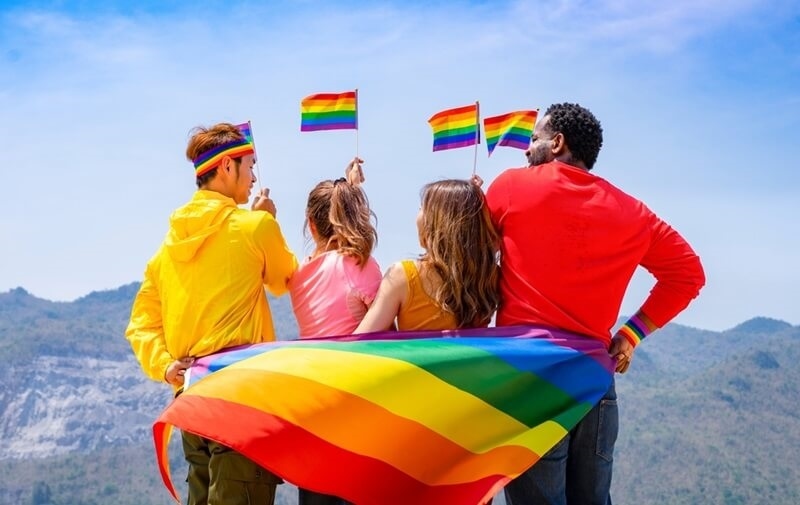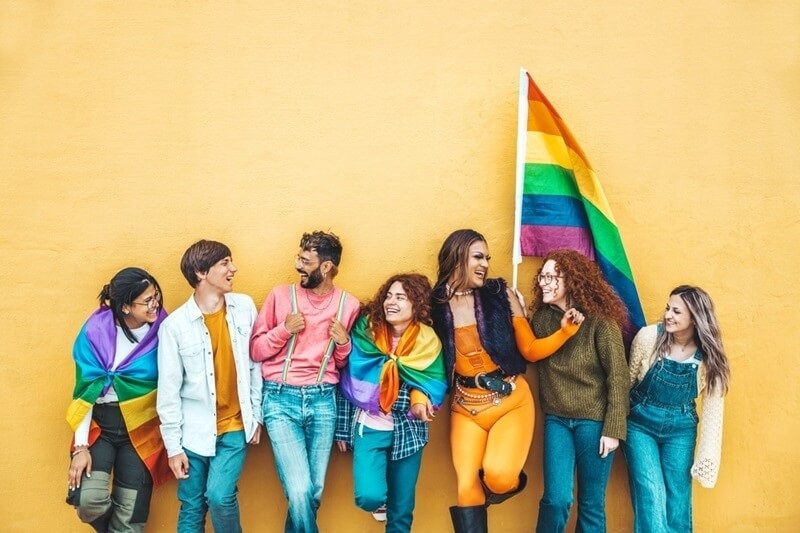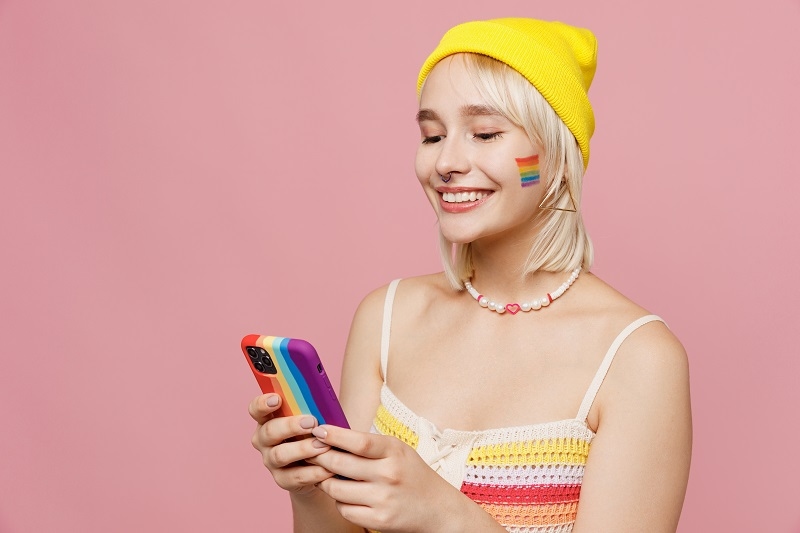The Evolution of Queer Culture in 2025: Trends & Shifts

Let’s not sugarcoat it—queer culture in 2025 isn’t playing by the old rules. It’s louder, softer, more fluid, more complex, and somehow, more grounded all at once. It’s no longer confined to Pride month campaigns or the occasional rainbow-washed ad. It’s in boardrooms, on book covers, embedded in TikTok trends, and yes—still thriving in underground scenes with glitter and grit.
So what’s changed? What’s changing? Buckle in, because we’re unpacking the top 9 trends and shifts redefining what it means to be culturally queer in this messy, magical year.
1. Beyond the Binary Isn’t Just a Buzzword Anymore
Here’s the thing—nonbinary and gender-expansive identities aren’t “emerging” anymore. They’re here. Living, thriving, and reshaping every institution they touch.
From fashion brands ditching “men’s” and “women’s” sections to dating apps adding 12+ identity options (and still not enough), the visibility is real. But it’s more than visibility. It’s about validation. Normalization. People are finally saying, “Actually, I don’t fit in your box—and I’m not gonna apologize for it.”
This isn’t performative. It’s personal. And it’s pushing queer culture toward a more fluid, inclusive future.
2. Queer Joy Is the New Protest
For years, the fight was survival. Now? Celebration is resistance.
Don’t get it twisted—queer folks still face systemic crap (looking at you, anti-trans legislation). But in the face of it, something powerful has taken root: joy. Unapologetic, unfiltered joy. Whether it’s queer prom nights in conservative towns or viral videos of chosen families dancing in the streets, joy is reclaiming space that grief used to occupy.
Being happy, loud, and visible? That’s activism, too.
3. TikTok’s Role as the Queer Town Hall
Remember when Tumblr was the queer internet capital? Yeah, TikTok kinda stole the crown.
It's not only about thirst traps and dances—though, to be honest, we're here for that as well. By 2025, TikHub is where Gen Z humour meets queer theory. Think: 60-second breaks of queer feminist philosophy illustrated with memes, drag beauty tutorials loaded with politics, and storytimes from every hue of the LGBTQIA+ rainbow.
The algorithm can be chaotic, but for many young people? It’s their first taste of being seen.
4. The Return of Queer Nightlife—But Make It Healing
Post-pandemic, queer nightlife is making a comeback. But it’s not all strobe lights and sweat.
Sure, the clubs are still pulsing, but so are sober spaces, drag brunches for elders, and pop-up events where tarot readings and mutual aid tables sit next to the dance floor.
There’s a shift happening. Queer spaces are becoming sanctuaries again—not just escape pods. They’re places where trauma can exhale and community can take root. The goal isn’t just to party. It’s to restore.
5. Corporate Pride Is Being Called Out (Finally)
You’ve seen it. The rainbow logos in June. The deafening silence in July.
In 2025, folks are done with it.
LGBT culture is seeing more voices pushing for brand authenticity. If your company promotes politicians against transgender rights yet markets rainbow hoodies? You are being dragged, and quite rightly.
Companies that know this are switching from performative allyship to actual support: recruiting LGBTQ people, making year-round donations, and really listening rather than planning another pastel capsule collection.
Because real support doesn’t end with a hashtag.
6. Intersectionality Is Non-Negotiable
Let’s get real—queer culture isn’t just white, cis, and skinny. It never was. But 2025 is seeing a real reckoning with how race, class, disability, and neurodivergence intersect with queerness.
Creators of color, especially Black and Indigenous queer folks, are leading some of the most critical conversations right now. From body politics to climate activism, the lens is shifting—and becoming more honest.
The question is no longer “Are you queer?” It’s “How does your queerness intersect with the rest of your identity—and who’s still being left out?”
Related Resource: Tips to Navigate First Queer Date with Confidence & Ease
7. Queer Family Is the Blueprint
Blood isn’t thicker than chosen love. And that’s not just a bumper sticker.
In a world where many queer people face rejection from biological families, chosen families have become lifelines. In 2025, these relationships aren’t seen as backup plans—they’re celebrated as primary connections.
From co-parenting circles to multi-generational living pods, the concept of “family” is being redefined. And honestly? It’s about time.
Because love isn’t about DNA. It’s about who shows up for you on the hard days—and dances with you on the good ones.

8. Books, Movies, and Queer Leads Who Aren’t Just Tragic
Raise your hand if you’re tired of queer characters being reduced to trauma or comic relief.
The entertainment tide is finally turning. In 2025, we’re seeing queer leads who are complex, joyful, flawed, and alive by the end of the story. (Groundbreaking, right?)
Shows like Heartstopper and Our Flag Means Death cracked open the door. Now it’s being kicked down by creators who are queer—and know how to write characters that feel like someone you actually know.
Representation isn’t about tokenism anymore. It’s about truth.
9. Redefining “Culturally Queer” in the Global Context
Let’s talk global for a sec.
The culturally queer meaning in 2025 isn’t one-size-fits-all. What queerness looks like in Seoul, Nairobi, or São Paulo isn’t going to match what it looks like in Brooklyn—and that’s the point.
More platforms are amplifying regional queer voices, customs, and expressions. Queer Arab poets. Trans musicians in Mumbai. Ballroom scenes in Johannesburg. The spectrum is vast—and growing.
And while global solidarity is powerful, respect for local nuance is crucial. Not everyone needs a rainbow flag to feel valid. Sometimes queerness whispers instead of shouting—and that’s just as sacred.
10. Spirituality, WitchTok, and the Queer Occult Revival
Here’s a twist no one saw coming: queer spirituality is having a major renaissance—and it's not just about crystals and sage (though, yes, there’s plenty of that too).
From astrology memes to full-blown ritual collectives, more queer folks are exploring the mystical, the ancestral, the unseen. Platforms like WitchTok and Instagram are overflowing with queer witches reclaiming magic, blending ancestral traditions with radical self-love, protection spells, and protest work.
Why? Because for many, mainstream religion never felt safe. Spirituality, on their own terms, offers a path back to connection—without judgment.
It’s not about escape. It’s about reclamation. Power. And sometimes, it’s just about lighting a candle, pulling a tarot card, and asking, “What now?”
11. Small Towns, Big Shifts: Queer Visibility Outside the Cities
For decades, queer culture’s heartbeat lived in major cities—New York, LA, Berlin, etc. But in 2025? Small towns are finally starting to pulse, too.
We’re seeing drag shows in church basements, trans support groups in rural cafes, and Pride parades where there used to be none. Visibility doesn’t always mean viral. Sometimes it’s just two teens holding hands at the bus stop and not flinching.
Is it perfect? Far from it. But these micro-movements are proof that queer culture isn’t confined to coasts or capitals. It’s blooming quietly—in cornfields, suburbs, and hometowns people once fled.
And that’s powerful.
Read Next: Queer Comedy Specials You Must Watch for Big Laughs
Final Thought: Queer Isn’t a Phase. It’s a Force.
Queer culture in 2025 isn’t “emerging.” It’s not a moment. It’s a movement—and one that’s constantly evolving. It’s messy. Beautiful. Occasionally chaotic. But always rooted in the same thing: community, expression, and the refusal to disappear.
Whether it’s in theory classrooms diving into queer feminist theory, or at drag shows where elders get the front row, one thing’s clear: queer voices aren’t going anywhere.
They're rewriting the narrative. On their own terms.





